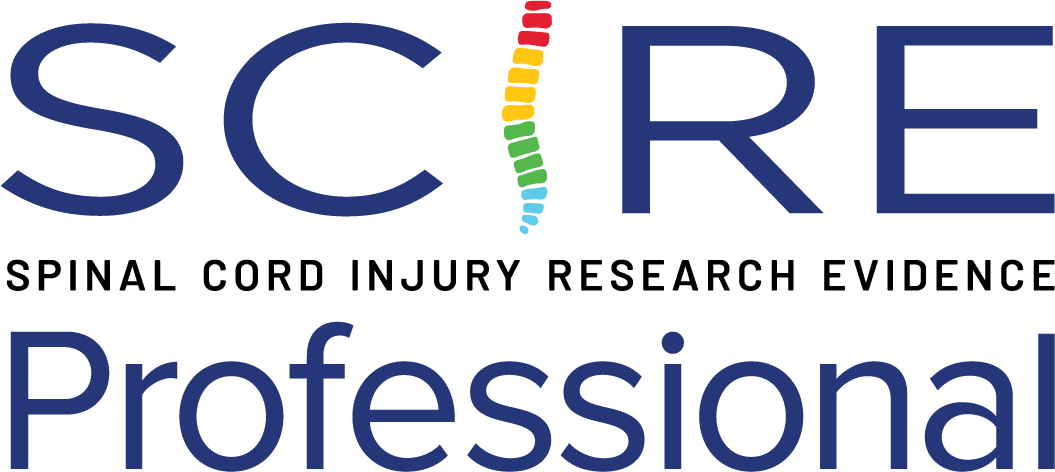The Assistive Technology Device Predisposition Assessment (ATD-PA) is designed to assess a person’s match with the technology or assistive device that they use. Individuals are asked to characterize aspects of functioning, lifestyle, and subjective views of a particular assistive device.
Clinical Considerations
- The ATD-PA encourages user participation in the process of developing and setting goals and helps the user to better understand her or his own needs and interests. The ATD-PA is useful when a person has a complicated case and is a good tool for assessing a client’s ‘story’ with assistive technology.
- Together with functional data, the ATD-PA has the potential to contribute to the formulation of consumer-directed needs and goals for rehabilitation. For persons with new spinal cord injury who indicate a poor history with assistive technology use, the ATD-PA can be a measure to identify obstacles to AT use early on in the course of rehabilitation.
- The ATD-PA has been shown to be a reliable measure and to have adequate content and criterion-related validity in the SCI population.
ICF Domain
Environmental Factors
